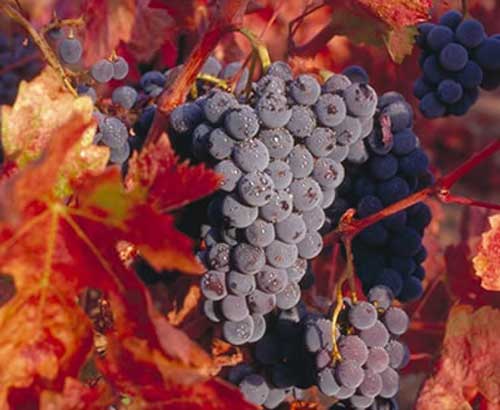
Don’t Believe Everything you Read about Grape Growing in Texas
“Emigrants to Texas, will not have to encounter years of arduous labor in subduing heavy and obstinate forests; but they will be able in almost every instance, to procure a portion of good prairie for present cultivation, without any preparatory labor but that of burning the grass with which they are thickly carpeted.
The face of the country in these grants is generally undulating, with very few, if any dead levels on which the water rests and stagnates, and has no broken or precipitous hills, or arid plains, that may not be profitably ploughed and planted.
No country can be better adapted to the culture of the vine than this. The poorest description of land in it, is admirably suited fot vineyards, and it is anticipated, in no very remote period, rival the choicest productions of France and Italy in wine and fruits.
The native grapes are found growing luxuriantly in all quarters, and many of them are of exquisite flavor, while those of Arkansas and Louisiana, owing to the greater humidity of the atmosphere in those regions, are comparatively acrid, and liable to untimely blights.
The grape, of infinite variety, flourishes without care, and the manufacture of wine in the town of Parras, four degrees west of Matamoros, has reached a noticeable extent, both for the quality of the wine and the quantity produced.”
From Woodman, David, Jr. “Guide to Texas Emigrants”, Book, 1835
[VT Comment: We have learned a lot since 1835 about grape growing and winemaking in Texas, but there is still more to learn. Making fine wines in Texas, one harvest at a time.]


On the other hand …. The Convent grape, sometimes confused with ‘Mission’ is from Parras, which is Spanish for ‘grapevines’.
interesting. I imagine their expectations were lower ( as were the quality of the wines they were making in the Old World.) So maybe Texas wasn’t that much of a stretch. That must have been before they spent a night in the summer in them thar’ undulating countryside.
I agree with you both that the quality of the wine of the time in the early 1800s was low. But, the statement makes it seem easy to grow wine grapes in Texas. It has taken a long time and hard work to get the point were vinifera can be reliably grown in some parts of the state and get French American hybrids like Black Spanish (Lenoir) and Blan Du Blois to make palatable Texas table wines.
I think that byline of the 1835 passage that I quoted should be “Let the Emigrant Beware” what was said to get them to come here in the first place.
Russ
In one hundred years. the words that we type will be unbelievable as well. thanks for your continued interest and perspective. tiberia
Dont forget there were land promoters that would say anything and everything to get folks to resettle.
Perhaps you missed the citation and date of the comments:
From Woodman, David, Jr. “Guide to Texas Emigrants”, Book, 1835
Just think how what we say today will be looked at over a hundred years from now….
Thanks for reading VintageTexas